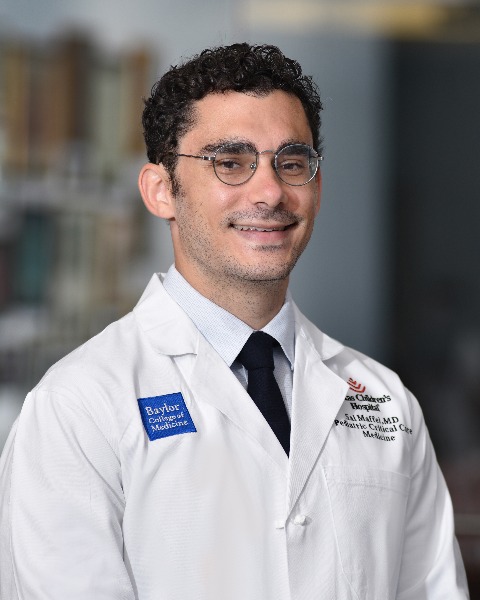Critical Care
Session: Critical Care 1
106 - Examining the rates of Major Adverse Kidney Events at 30 days for pediatric patients requiring continuous renal replacement therapy and extracorporeal membrane oxygenation
Monday, May 6, 2024
9:30 AM - 11:30 AM ET
Poster Number: 106
Publication Number: 106.2903
Publication Number: 106.2903

Salvador R. Maffei, MD (he/him/his)
Clinical Fellow
Baylor College of Medicine
HOUSTON, Texas, United States
Presenting Author(s)
Background: Critically ill pediatric patients who require extracorporeal membrane oxygenation (ECMO) have reported rates of acute kidney injury (AKI) ranging from 42%-85%, often occurring in the 48 hours surrounding cannulation. Systemic inflammation, endothelial injury, and fluid exposure may result in pathologic fluid overload (FO). Continuous renal replacement therapy (CRRT) allows clinicians to provide slow ultrafiltration in patients with oliguria while maintaining intravascular volume and limiting dialytrauma.
Objective: We aim to examine the relationship between rates of fluid removal and major adverse kidney events at 30 days (MAKE-30) in pediatric patients requiring CRRT and ECMO.
Design/Methods: We conducted a retrospective dual-center analysis of children and young adults (age < 26 years) admitted to the cardiac or pediatric intensive care units from 2/2014 through 2/2020 who required any modality of ECMO in tandem with CRRT. We collected net fluid balance (NFB) and urine output (UOP) for the first three days of tandem therapy. Our primary outcome was MAKE-30.
Results: Seventy-five patients, with median age 96 months (IQR 36-174), admission weight 28.5 kg (IQR 11-57), and 9% fluid overload at CRRT initiation (IQR 3-16%) were included. The median NFB for the first three days was +0.26 mL/kg/hr, and 25 (33%) patients achieved negative NFB. The median UOP was 0.22 mL/kg/hr, and twenty-five (33%) patients maintained UOP > 0.3 mL/kg/hr. Fifty-five (73%) patients experienced MAKE-30. Our adjusted logistic regression model included patient weight at CRRT start (1.02 aOR, 0.99-1.04 CI), vasoactive support (0.22 aOR, 0.04-1.26 CI), negative NFB (0.28 aOR, 0.07-0.97 CI), and UOP > 0.3 mL/kg/hr (0.1 aOR, 0.03-0.36 CI).
Conclusion(s): Maintained urine output and net negative fluid balance were associated with a decreased risk for MAKE-30 in critically ill children requiring ECMO and CRRT. However, most of our cohort maintained a net positive fluid balance over the first three days of CRRT. There was not an association between rates of fluid removal and incidence of MAKE-30. Future studies should investigate factors that impact renal outcomes for children requiring ECMO and identify the safest modality and rate of fluid removal to promote recovery.
.png)
.png)
.png)
